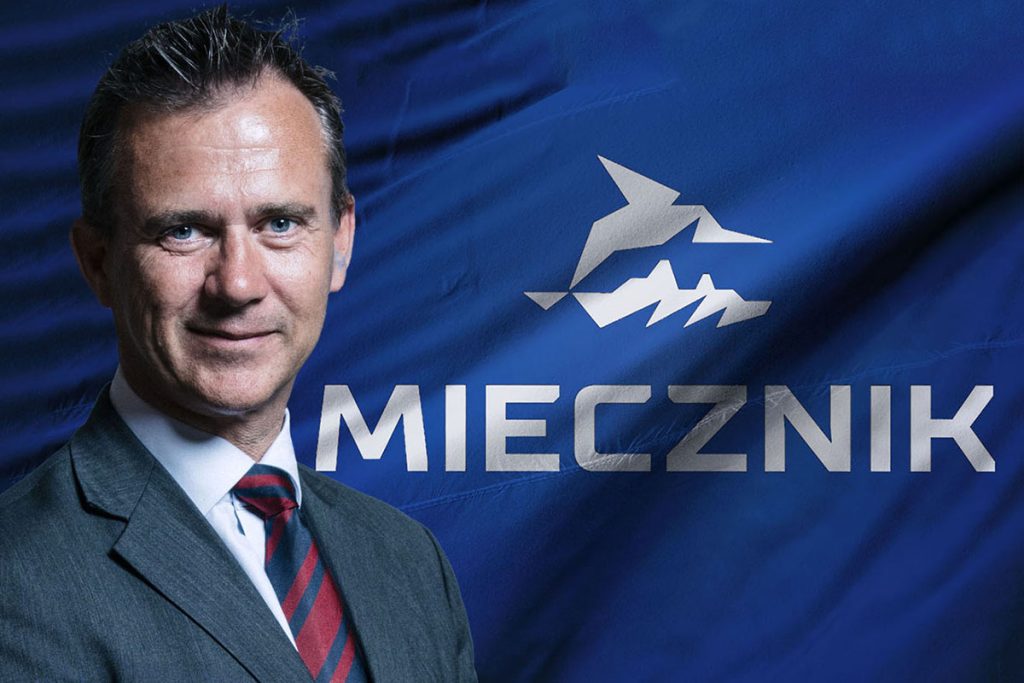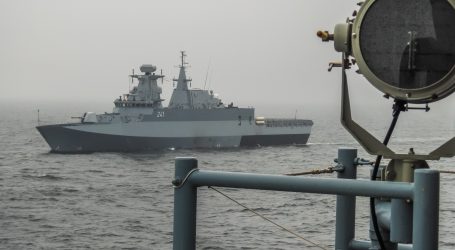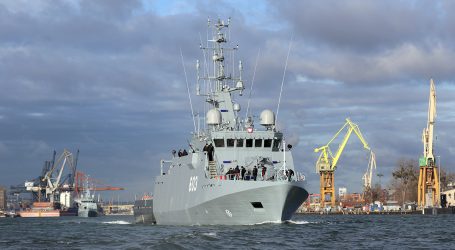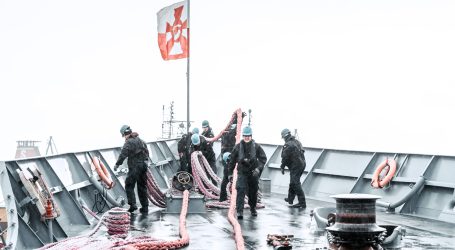UK and Poland close partners in defence industry – interview with Lord Mark Lancaster
The UK and Poland are very close partners in the defence industry. MBDA and PGZ are working together on the NAREW air defence project, which will help secure Poland’s skies, UK defence export attorney Lord Mark Lancaster told Polish Press Agency. He also talks about the ‘Swordfish’ and ‘Orka’ programmes.
In mid-August, a ceremony was held at the PGZ Naval Shipyard in Gdynia to cut the plates for the first frigate-class vessel for the Polish Navy. This marked the beginning of a new phase in the ‘Swordfish’ programme. Three frigates will be built at the PGZ Naval Shipyard in cooperation with British arms industry leaders under a contract awarded to the Polish shipbuilding industry. The first frigate will be built by 2026.
PAP: – What are the benefits to the Polish industry of the agreement with the UK?
Mark Lancaster: – The agreement between the three British companies, Babcock, Thales, MBDA, and the Polish Armaments Group (PGZ) will be extremely beneficial to Poland. During a recent visit to the shipyard in Gdynia, I had the opportunity to observe how this work generates many new economic opportunities. The frigates will be built in Gdynia at the PGZ shipyard, enabling Polish engineers and shipbuilders to develop experience working with the latest defence technologies. Hopefully, this in turn will boost innovation in Poland.
– What are the most salient features of the frigates to be built?
– The ‘Swordfish’ frigate, based on the British ‘Arrowhead’ frigate, has been designed to meet Polish military requirements, with a strong anti-aircraft capability based on the highly capable Sea Ceptor system using the Common Anti-Air Modular Missile (CAMM). This will complement and enhance the existing air defence system purchased by Poland under the NAREW programme.
In addition, the frigate’s defence system is equipped with a wide range of radars, echo sounders and other sensors, with the Thales TACTICOS management system at the centre, providing the ability to find, engage and defeat both surface and underwater targets. A spacious hangar and flight deck will enable the operation of modern helicopters and unmanned vehicles, significantly increasing the range and capabilities of the frigates.
– Please outline the key advantages of the Arrowhead 140 project.
– I think the key advantage of building a suitably adapted variant of the ‘Arrowhead’ frigate is the possibility of closer industrial cooperation between Poland and the UK as part of the Royal Navy’s Type 31 frigate programme.
The ‘Arrowhead’ design is based on the Danish ‘Iver Huitfeld’ class frigates, thus providing a solid basis for developing a solution to meet a country’s specific needs. ‘Arrowhead’ also provides similarities between the UK and Polish variants that will allow the naval forces of both countries to work together to purchase, test and operate these ships. I am confident that this will enhance our naval capabilities as NATO allies.
– Apart from the project involving frigates, what are the plans for Poland and the UK to work together in the defence industry?
– The UK and Poland are very close partners in the defence industry. MBDA and PGZ are working on the NAREW air defence project to help secure the Polish skies. Leonardo UK and PZL Świdnik, the Polish helicopter manufacturer, are working together to secure the supply of AW101 helicopters for the Polish naval forces and create new jobs in Świdnik.
Finally, Babcock and JFD have already bid for work on the ‘Orka’ programme for the Polish Navy, and I know that other British companies are also interested. I would like to see more British companies involved in the ‘Orka’ programme. This is an area where the UK has a lot of experience and can support our Polish allies.
Source: PortalMorski.pl




